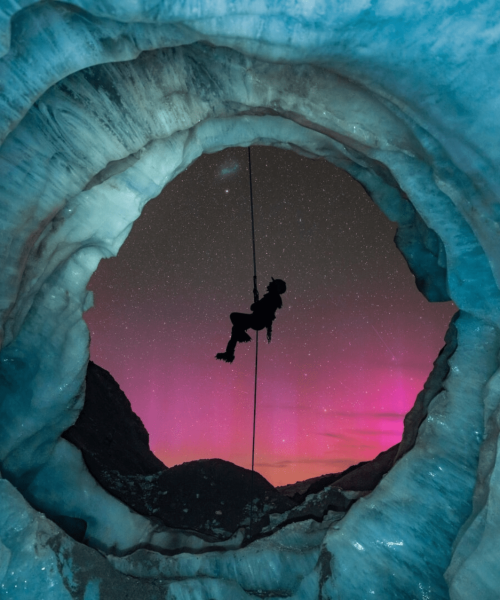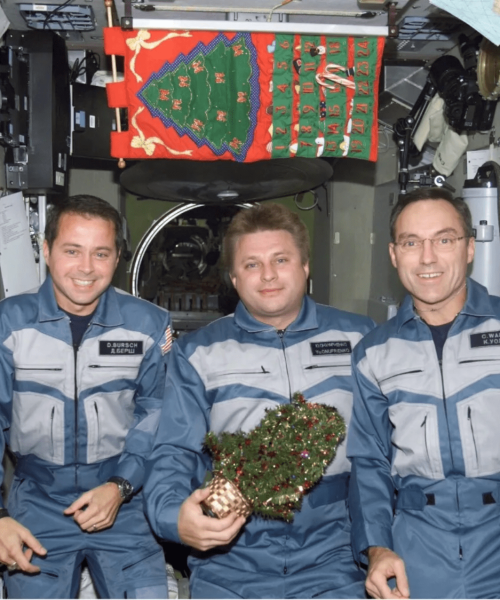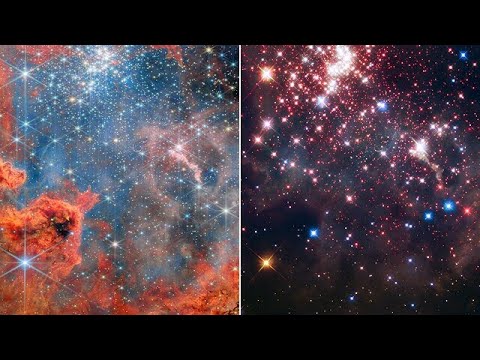| August 1 | Summer Triangle |
| August 9 | Full Sturgeon Moon |
| August 11–13 | Venus Visits Jupiter |
| August 12–13 | Perseids Meteor Shower Predicted Peak |
| August 26 | Mars and the Crescent Moon |
As any diligent stargazer knows, mid-summer means one thing: the Perseids! This meteor shower hits its peak on August 12 this year, and while that date is inconveniently close to that of this month’s full moon, there should still be plenty of meteors on show for those who choose their time and location with care. But that’s not all that’s happening during this last full month of summer.
August 1: A Summer Triangle fit for Euclid
As another long summer day has finally receded into another summer night, look east. If the sky is clear, you might well spy the Summer Triangle. The triangle’s vertices are formed by the stars Deneb, Vega, and Altair, forming a celestial isosceles triangle that’d make Euclid proud, that spans the constellations Cygnus, Lyra, and Aquila. The stars Deneb, Vega, and Altair are the brightest in their respective constellations, and while they’re technically visible all year, summer is a particularly lovely time to gaze upon them.
August 9: Full Sturgeon Moon
August’s full moon is the Sturgeon Moon, a name taken from the ancient fish that was once plentiful in the lakes and rivers of the United States late summer. However, a combination of overfishing, damming of rivers, and the insatiable European taste led to a decline in their population by the late 19th century.
Native American culture provides a rich selection of alternative names, many of which evoke the baking heat of summer. In the Catawba language of the Catawba Nation, it’s the “Dry Moon.” In Cherokee, August is the “End of Fruit Month,” and in Seneca and Tunica, August’s full moon is simply the “Hot Moon.” The moon will be at its fullest on the morning of August 9, at 3:55 a.m. EDT..
August 11–13: Venus Visits Jupiter
This month’s most notable planetary conjunction will occur on August 11 and 12. The goddess of love (aka Venus) will drop in on the solar system’s large adult son. On both evenings, Venus and Jupiter will appear in close proximity, close to the eastern horizon. Perhaps they’re snuggling up to watch the Perseids too!
August 12–13: Perseids Meteor Shower Predicted Peak
And speaking of the Perseids: while the summer’s pre-eminent meteor shower is already technically underway, having started in late July, it is predicted to reach its peak on the evening of August 12. During that peak, skygazers could see roughly 150 meteors per hour come careering through the Earth’s atmosphere. However, it’s unlikely that many will be visible. Exactly how many you’ll be able to see will depend on viewing conditions—and unfortunately, this year’s Perseid peak falls awfully close to the full moon.
This will make seeing the meteors relatively difficult this year. The shower will continue through August 24, and some commentators recommend waiting later in the month, when the moon has waned a bit. The ever-reliable Farmer’s Almanac, however, deems such measures unnecessary: “You’ll see the Perseids just fine if you get away from the lights of any city… Get away from light pollution… gaze at whatever part of the sky is darkest at your location… [and] be patient.”
Whatever you choose, don’t miss out: the Perseids are one of the year’s great celestial spectacles. And if you find yourself wondering where all these meteors are coming from, wonder no longer.
August 26: Mars and the Crescent Moon
By late August, the moon will have waned all the way to invisibility. However, as it begins to peek into the sky again towards the end of the month, it will receive a visit from Mars. The Red Planet will park itself right next to the slender crescent moon on the evening of August 26. As per the Farmer’s Almanac, the best time to see the two together will be a very civilized 8:15 pm.
Whether you find yourself wandering outside after dinner to check out Mars or driving into the wilderness for a peerless perspective on the Perseids, remember that you’ll get the best experience if you get away from any sources of light pollution—and you check out our stargazing tips before you head off into the night.
Until next month!






